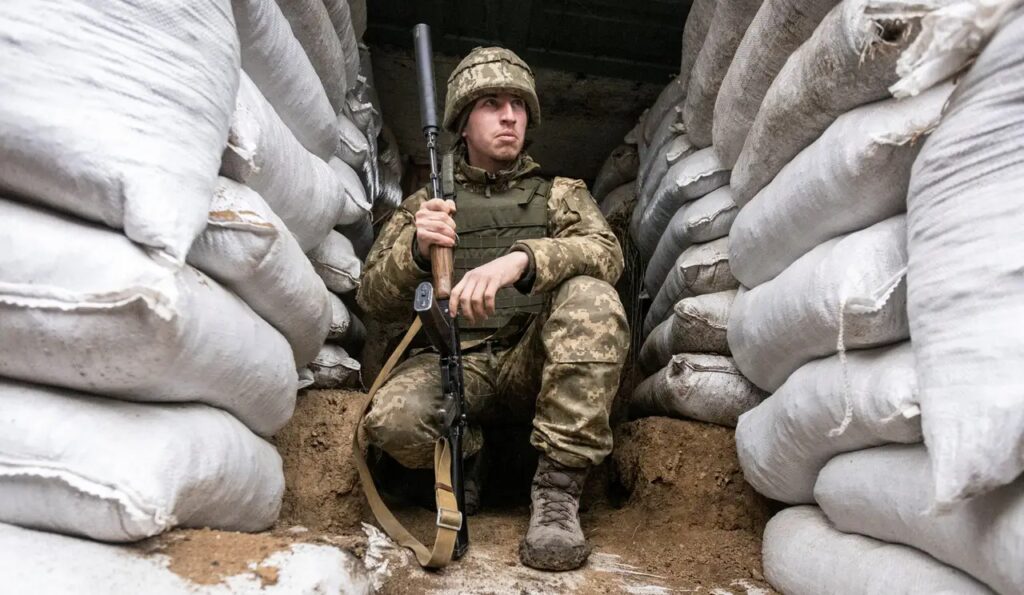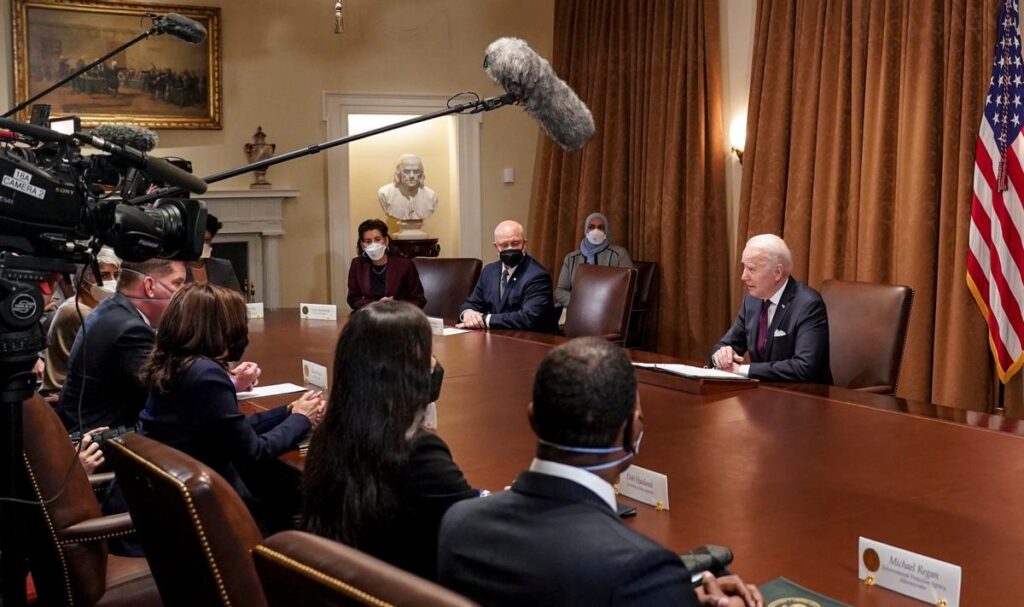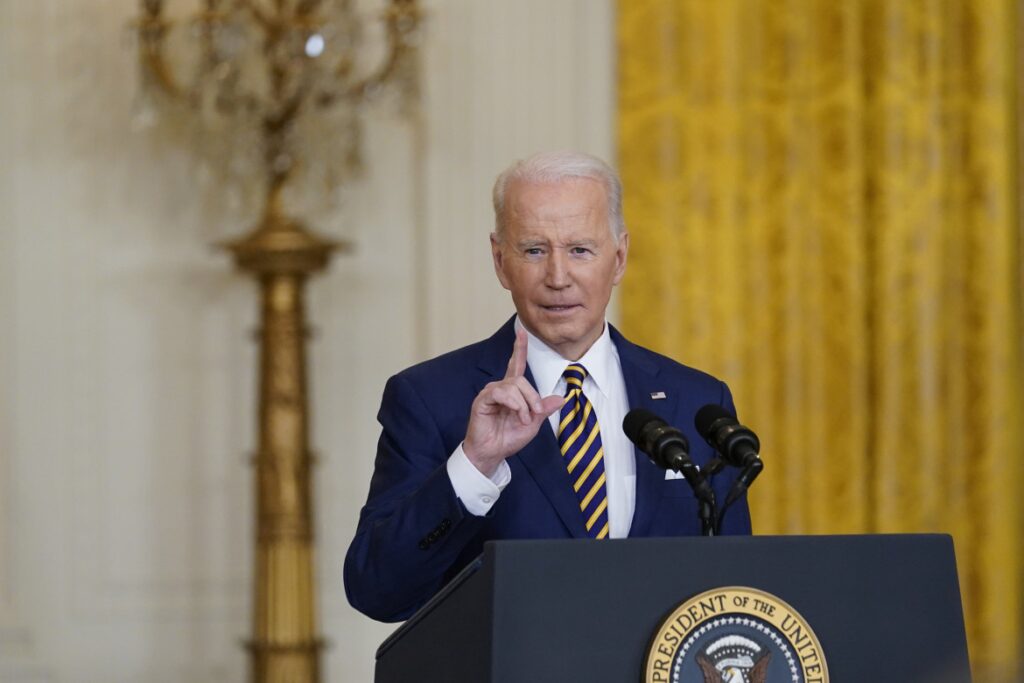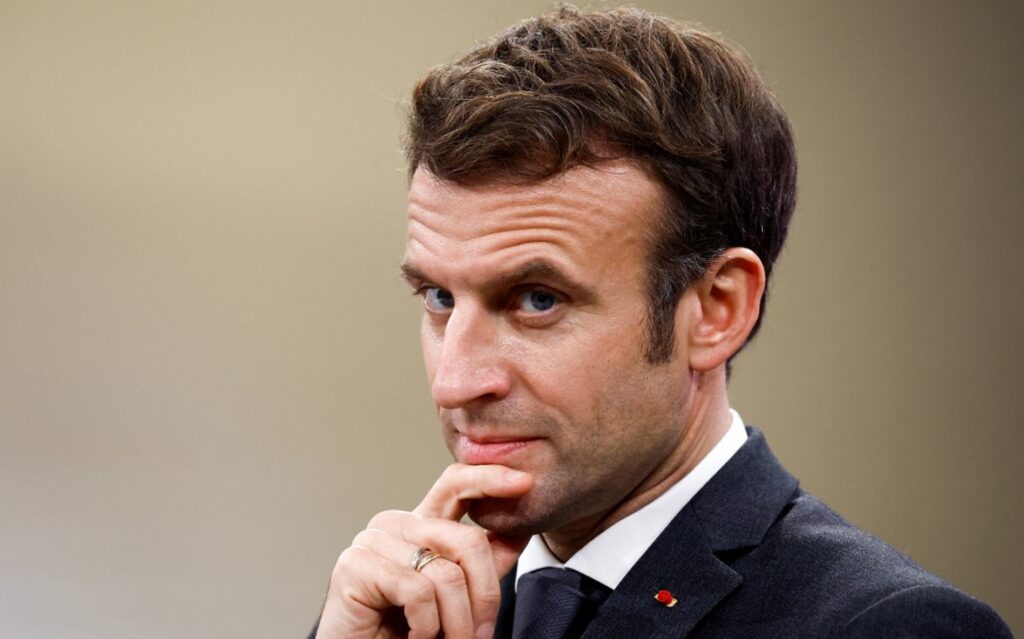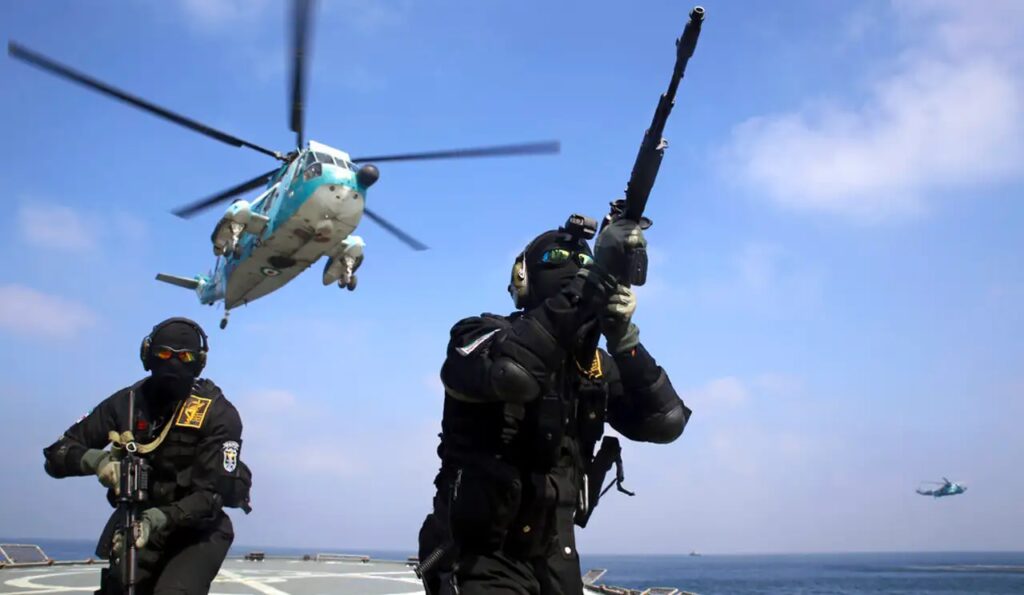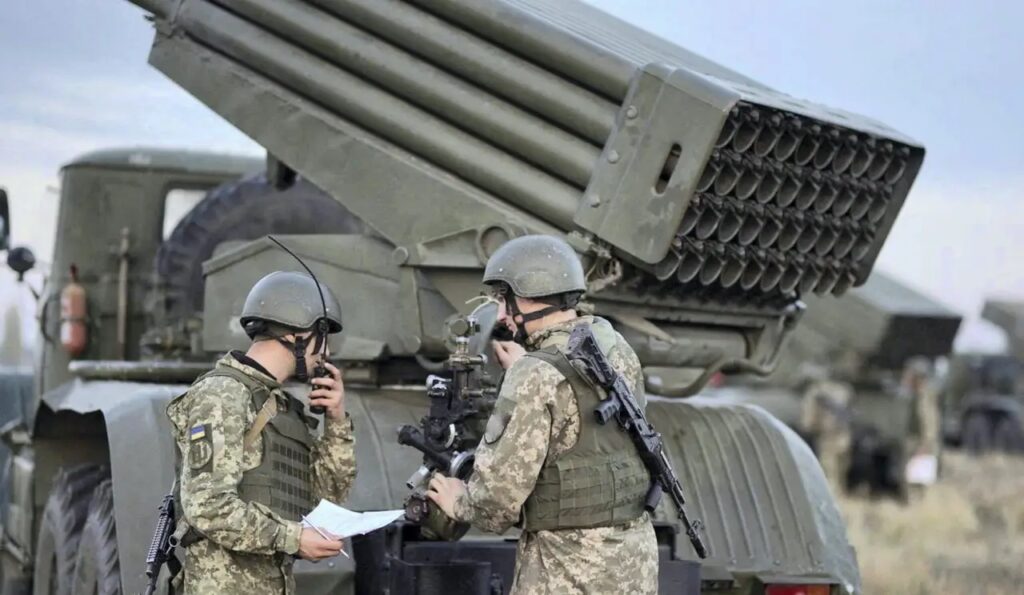Kremlin plan to install pro-Russian leadership in Ukraine exposed
We have information that indicates the Russian Government is looking to install a pro-Russian leader in Kyiv as it considers whether to invade and occupy Ukraine. The former Ukrainian MP Yevhen Murayev is being considered as a potential candidate.

